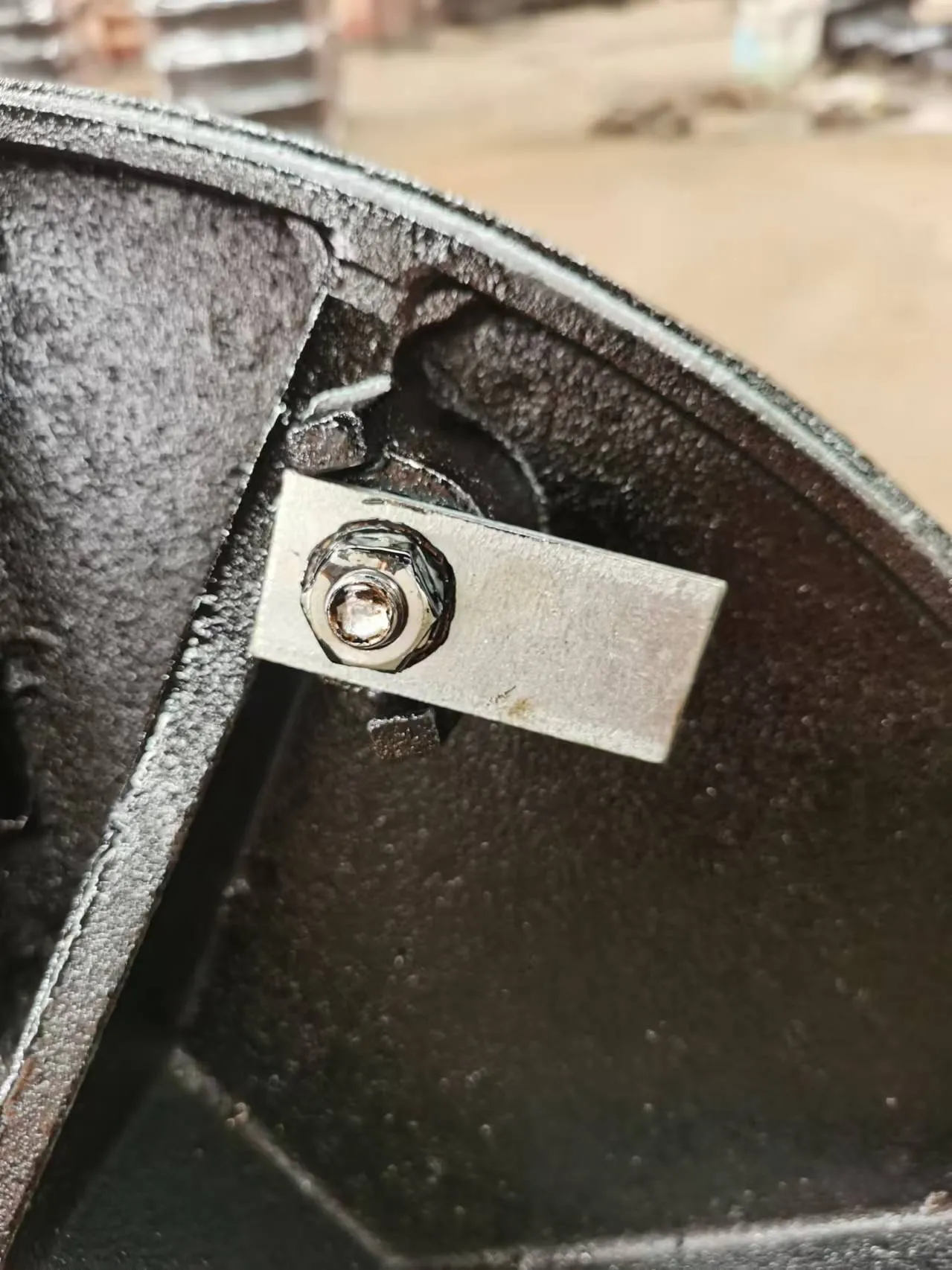Factors Affecting Steel Grating Prices and Cost Trends in the Market
Understanding Steel Grating Prices Factors and Insights
Steel grating has become an essential component in various industries due to its durability, strength, and versatility. From construction and manufacturing to chemical processing and power generation, the applications of steel grating are vast. As a result, understanding the factors influencing steel grating prices is crucial for businesses and consumers alike.
What is Steel Grating?
Steel grating is a type of open grid that consists of a series of parallel and perpendicular bars, which create a lightweight yet sturdy framework. It is widely used for walkways, platforms, drainage covers, and other applications where strength and visibility are paramount. The primary materials used in steel grating are carbon steel, stainless steel, and sometimes aluminum, with carbon steel being the most common due to its cost-effectiveness.
Factors Affecting Steel Grating Prices
1. Material Type The type of steel used significantly impacts the cost. For instance, stainless steel grating tends to be more expensive than carbon steel due to its corrosion resistance and longevity. In environments where exposure to moisture and chemicals is a concern, opting for stainless steel might be necessary, albeit at a higher price point.
2. Size and Thickness The dimensions of the steel grating also play a vital role in pricing. Larger and thicker gratings typically incur higher costs due to the increased amount of raw material required and the complexity of manufacturing. Custom sizes can further escalate the price, as they often necessitate specialized production processes.
steel grating price

3. Manufacturing Process The method of production can influence pricing as well. Steel gratings can be manufactured through various processes including welded, press-locked, and swage-locking. Each method has its cost implications, with welded grating typically being the most durable but also potentially more costly due to labor and time involved in the manufacturing process.
4. Surface Treatment Steel grating can be treated with various coatings to enhance its resistance to environmental factors. Hot-dip galvanization, powder coating, and painting are common methods used to protect against rust and corrosion. Each of these treatments adds to the manufacturing cost, thereby affecting the final price of the grating.
5. Supply and Demand Like many commodities, the price of steel grating is also affected by supply and demand dynamics. Economic fluctuations, seasonal demand, and global steel prices can all lead to fluctuations in steel grating prices. For example, periods of increased construction activity can lead to higher demand, subsequently driving up prices.
6. Transportation Costs Finally, transportation can add to the overall cost of steel grating. Depending on the distance from the manufacturer to the buyer, shipping fees can vary significantly. Bulk purchases may mitigate some shipping costs, but these logistics should always be considered in the pricing equation.
Conclusion
When attempting to determine the price of steel grating, it’s essential to take multiple factors into account, including material type, size, manufacturing process, surface treatments, supply and demand, and transportation costs. For businesses looking to purchase steel grating, gaining a comprehensive understanding of these elements can aid in making informed decisions and optimizing budget expenditures.
Investing in steel grating can significantly enhance the safety and functionality of industrial applications. However, taking the time to analyze the various influences on pricing can ensure that buyers receive the best value for their money, ultimately contributing to the efficient operation of their projects or facilities. For anyone involved in procurement or construction, grasping the intricacies of steel grating pricing is not just advantageous but essential.
-
The Smarter Choice for Pedestrian AreasNewsJun.30,2025
-
The Gold Standard in Round Drain CoversNewsJun.30,2025
-
The Gold Standard in Manhole Cover SystemsNewsJun.30,2025
-
Superior Drainage Solutions with Premium Gully GratesNewsJun.30,2025
-
Superior Drainage Solutions for Global InfrastructureNewsJun.30,2025
-
Square Manhole Solutions for Modern InfrastructureNewsJun.30,2025
-
Premium Manhole Covers for Modern InfrastructureNewsJun.30,2025
